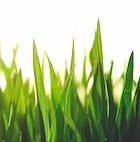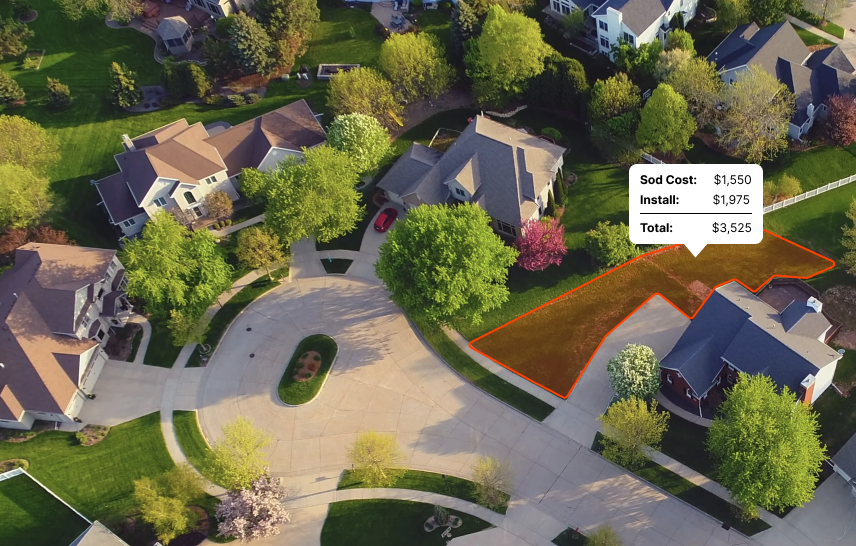It sits snugly in the transition region, which is caught between the cool-season zone to the north and the warm-season zone to the south. That means you've got options, with both cool-season and warm-season grasses on the table. It's all about picking the right grass for your corner of this multifaceted state.”
Introduction
New York, where concrete jungles meet cascading waterfalls, is a tale of two climates. From the chilly, crisp winters and short summers in the northern expanse to the balmy, extended summers and mild winters down south, this climate dichotomy shapes what grass grows best where. In the northern stretches, cool-season grasses wear the crown.
Think Kentucky bluegrass, ryegrass, and fescue. They take the chilly winters in stride and come back swinging each spring. But in the southern territories, warm-season grasses like zoysia and Bermuda grass hold sway, reveling in the extended heat and shrugging off the winter chill.
When it comes to laying down turf in the Empire State, timing is everything. Late summer or early fall is your sweet spot. The mercury is falling, the rainfall is rising, and your newly laid grass can build a strong root network before winter strikes.
Spring planting can also work, but get it in early. You want those roots to take hold before the summer heatwave hits. On the U.S. grass zone map, New York straddles a line.
What are the best sod types for NY?
In the world of landscaping, not all grasses are created equal. Each thrives in a specific climate zone: cool, warm, or transition.
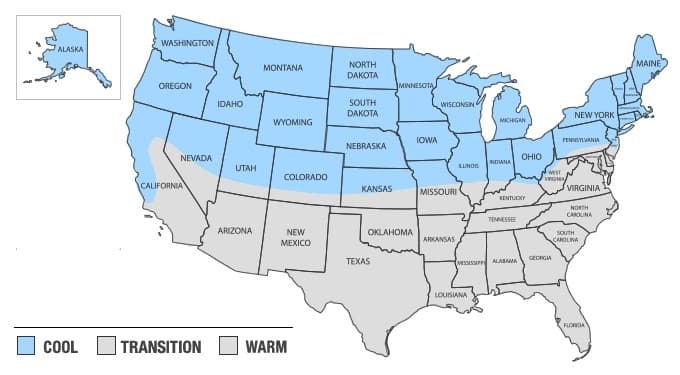
New York, with its cool season climate, prefers a particular set of grasses that relish the lower temperatures. The following sods are the easiest to grow and maintain in New York:
While it's possible to grow grasses meant for other regions with proper care, attention and timing, these are the most common grasses in New York for residential lawns.
Level Up Your Lawn Skills
Once per week we'll send you an interview from someone who has mastered the art of lawn care.
Recommended species for shade
Alright, New York green thumbs, let's dive into the best grasses for shade. We're talking about those spots under your towering Dogwood tree where sun hides its face.
First up, Fine Fescue. This grass doesn't need an Instagram filter - it brings its own deep green hue. Fine Fescue isn't a sun hog. It's content with just 4 hours of sunlight daily.
Next, St. Augustine grass. Yes, we know it’s famous down South but it also cuts the mustard in the Empire State's shady areas. Bet you didn’t see that one coming. Just a heads up, it requires about 4-6 hours of sunlight, but it does tolerate shade well.
Thirdly? The jewel in the crown: Kentucky Bluegrass. Legend? Absolutely. This turf has a rep matching Yankee stadium. Kentucky Bluegrass may need a tad more sun, around 6 hours, but don’t discount its shade tolerance.
Then again, consider Tall Fescue. She’s the queen of sustainability with deep roots and drought tolerance. Perfect for those I-forgot-to-water-the-lawn-today moments. Satisfy it with 4-6 hours of sunlight and it'll reward you with a lush cover even in the shade.
Lastly, say hello to Zoysia grass. You may consider it a bit of a diva, needing around 6 hours of sunlight, but it's worth it. Zoysia stays vibrant even when it's throwin' shade.
Remember, grass is just like us New Yorkers - it needs to eat right, drink plenty, and catch enough Z's to look and feel its best. In this case, that’s a mix of sunlight, water, and nutrients. It's not rocket science, it's lawn care.
Now, armed with this info, let's transform your shady lawn spots from bald patches to grassy oases. And remember, if it grows in Brooklyn, it'll grow anywhere. Let’s keep rolling!
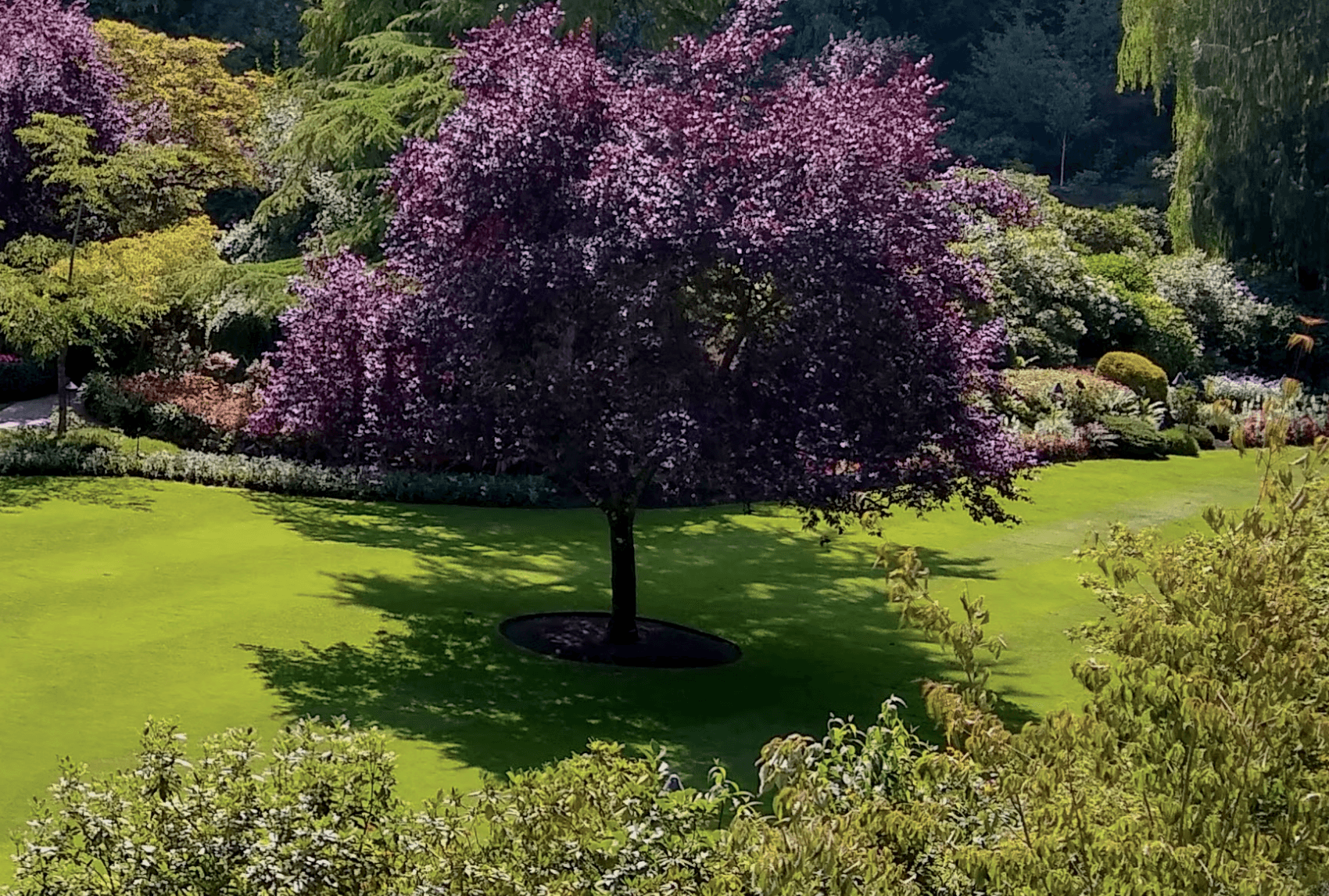
Recommended for full sun or partial sun
Choosing the right sod for your lawn depends heavily on the sunlight exposure in your yard. Different grass types have varying light requirements for optimal growth and appearance. Assessing whether your lawn receives full or partial sun is essential in selecting sod that will flourish and stay healthy in your specific environment.
Below are some sod options recommended for either full sun or partial sun conditions in NY:
| Grass Type | Sun | Good to Know |
|---|---|---|
| Tall Fescue | Partial | Tall Fescue is adaptable to a range of conditions, including partial sun, and is known for its deep root system and tolerance to drought. |
| Kentucky Bluegrass | Full | Kentucky Bluegrass prefers full sun and is prized for its fine texture, rich color, and ability to recover quickly from damage. |
| Perennial Ryegrass | Full | Perennial Ryegrass thrives in full sun and is known for its rapid germination, fine texture, and bright green color. |
| Fine Fescue | Partial | Fine Fescue is well-suited for partial sun and is appreciated for its fine texture, shade tolerance, and low maintenance requirements. |
What varieties stay green year-round?
As with anything agriculture related, there is some nuance to this question. There are many grasses that can stay green year round in but it depends heavily on your location within New York as well as any microclimates that may exist.
The following grasses have the ability to stay green year round in New York:
| Grass Type | Caveats |
|---|---|
| Tall Fescue | It typically stays green throughout the year in milder climates, given that it isn't overly stressed by heat or drought in the summer. |
| Kentucky Bluegrass | It can retain its green color for much of the year when well-maintained, though harsh winter temperatures can push it towards dormancy and a browner hue. |
| Perennial Ryegrass | It can stay vibrant and green throughout the year in many climates, unless conditions are extremely cold or dry. |
| Fine Fescue | It keeps its green color throughout the year in ideal conditions. If the winters are particularly harsh, it may lose some color. |
What is the best time to lay sod in New York?
Since it is considered a cool-season location, the ideal time to lay sod is in early spring or early fall. These periods offer moderate temperatures, leading to less stress on the sod and providing optimal conditions for root establishment before extreme temperatures of winter or summer. Avoid the summer, as high heat can stress the sod.
As you can see in the image below, you'll notice the most shoot growth (the grass above ground) and root growth in the spring and fall for cool season grases:
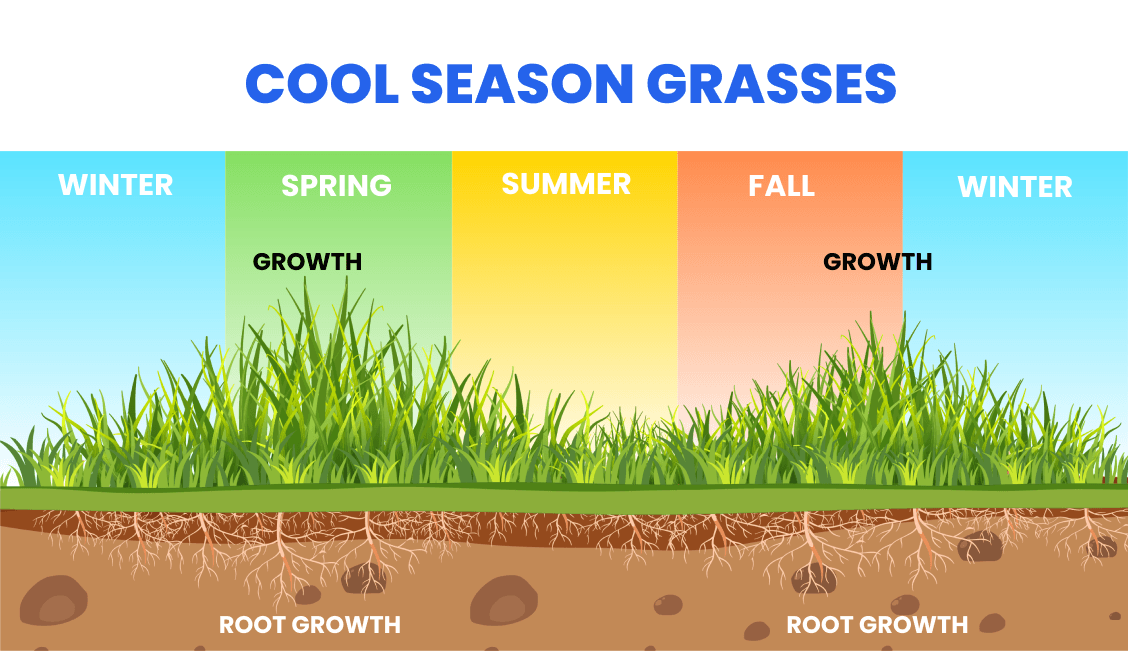
Find reputable companies for installing sod in NY
Here are the top problems you'll face when trying to get sod installed by a landscaping company:
- They're not transparent about pricing. You'll often get a quote that's way higher than you'd expect.
- They're hard to get ahold of on the phone or you'll reach out online but won't hear back.
- It's hard to pin them down for a specific date. Because you can only bring sod from the farm when there's decent weather, this causes some delays at times. It also has a short shelf life, so it's important to get it installed within a day or two of delivery.
We've done all the work for you. Click below to get a quote from one of the top installers in New York.
